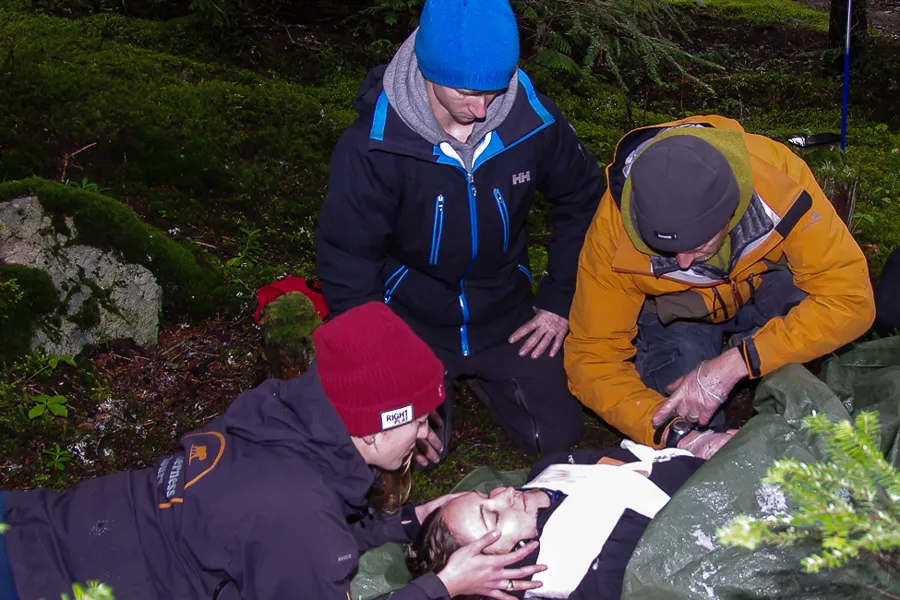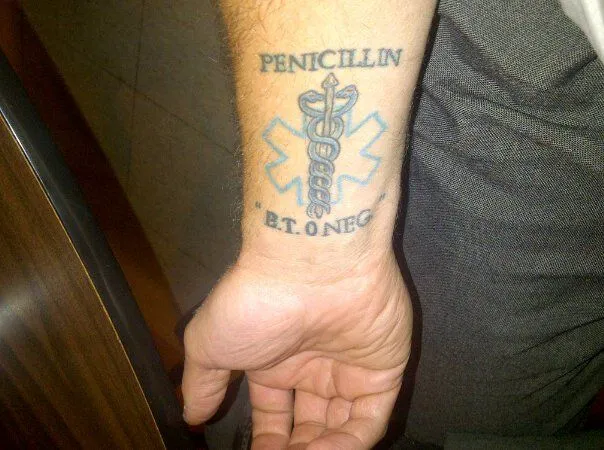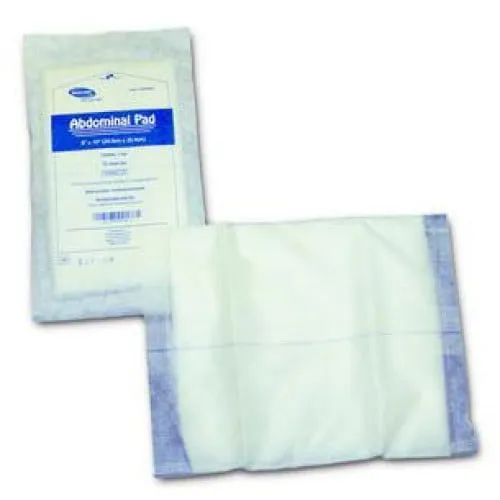We promised survivalist articles and so far we've been slow to deliver. This post is meant to be a guide of first aid resources and a realistic approach to preparing a first aid kit. Survival aside, it is also highly applicable to those who enjoy backpacking and hiking, particularly through remote areas.

^ Just a title image from a Canadian school.
First Aid
The first thing anyone needs to do when considering personal emergency response (which is essentially what being a survivalist is) or off-grid living/homesteading is maximizing his or her knowledge of first aid. It's a must to be able to treat your own injuries and act as a first responder to others, particularly where professionally-trained first responders are unavailable for whatever reason. In short, if you live in the middle of nowhere, in a country where medical services are unreliable, or somewhere prone to all sorts of disasters, you need to know first aid.
Those who served in the military have a headstart on first aid and probably got to apply it in an emergency situation. For the rest, training and refreshers are a must.
Target Your Learning
If you live in an area where poisonous critters and heatstroke are a daily occurrence, learn everything you can about them. If you travel with a dog, you need to be familiar with basic veterinary procedures. History of heart attacks? Know the symptoms (physical pain around the heart is not one of them, contrary to common belief). That's just how it goes.
Some people think it's a bright idea to stuff a first aid manual into their bugout bag or first aid kit. That's probably the dumbest thing you can do. In an emergency no one is going to sit there and browse the index looking for whatever topic. Memorize it instead. It's not that difficult.
Carrying Printed Guides
You should not require a first aid guide. What you do need are poisonous plant/critter recognition sheets. Create these in advance by researching what is common in your area.
Consider Tattoos
For those who have severe allergic reactions or conditions, tattoos can be a lifesaver when either other first responders or professional medical services arrive. There's a reason you see a lot of army vets with their blood type on their arm.
These are particularly great for unusual allergies or allergies to medical supplies like latex or penicillin. Don't go and tattoo your preferences or any other superficial crap; if someone is looking for this tattoo it means you're close to death and they're your only lifeline.

^ This image was pulled from random site.
Online Resources
First aid training is a huge business. There's classes available pretty much everywhere you look and most cost $100-$200, which isn't always affordable. They don't accept physical silver or crypto. Of late, however, there's been a major push towards online first aid training, with many recognized providers such as Red Cross jumping on.
http://www.firstaidforfree.com/
This site offers modular training in first aid. We created a profile and went through a part of a course. It seems pretty legit and offers information at your own pace. We won't reveal their proprietary content here but it's all freely available for perusal when you sign up.

^ Module list upon starting a course

^ Self-paced completion check
Offered Courses
- Basic Online First Aid course
- Advanced Online First Aid course
- Pediatric Online First Aid course
- Online Automated External Defibrillator (AED) course
- Online CPR course
- Online Anaphylaxis Awareness
Online Manuals
There is a plethora of information out there on survivalist blogs and personal sites. The serioussurvivor.com blog uploaded one of the many Red Cross digital manuals available online. Here's another PDF manual, also from Red Cross, this one shared by Montana Tech.
Survivalist First Aid Kit
We can tell you from personal experience that the first aid kit you buy at Walmart for a fiver won't cut it.
There are numerous sites out there offering pre-packed survivalist first aid kits (most are complete garbage). In this post we'll tell you what worked for us from personal experience.
Your main goal is to prevent infection.
- Sewing/piercing needles (flat ones preferably) for removal of small embedded objects under the skin and popping blisters
- Large gauze pads (the kind issued at hospitals)
- Polysporin/Ozonol
- Tweezers (from cosmetic section in pharmacy, don't be dissuaded if they say Revlon on them)
- Duct tape (if your cut gets infected you're hosed)
- Army-grade dressing (a few, available online or at surplus stores; newborn-size baby diapers or women's hygiene products work as well)
- Cotton/cotton balls
- Safety pins
- Sticky tensor bandage (has glue on one side)
- Normal tensor bandage
- Garbage bags (your first aid kit goes into one of these)
- Large bandaids
- Cheesecloth (same as gauze)
- Alcohol (to sterilize any metal equipment)
The pictures below are for clarity purposes of a few of the items.



Pictures are from: 1 - Pad dressing, 2 - Tweezers, 3 -
Army-Grade Dressing, yes it still looks like this
Omit
Do not pack useless crap like little bandaids, medical tape or stupid shit like bug repellent or hand cream. You're preparing for survival, not a vacation.
You will only realistically use things like rubber gloves for handling animals. If you have or may have animals, include them, otherwise no point.
Scissors are unnecessary as you should have your knife on you. DO NOT use a multi-tool for cutting as you WILL slice your finger. That's just how they work.

This account and posted content are the explicit property of http://www.guiltyparties.com and its team of rednecks and have been written, re-written, adapted and/or intended for Steemit. Additional credit is given where applicable. Watch and follow for our site re-launch in the near future.